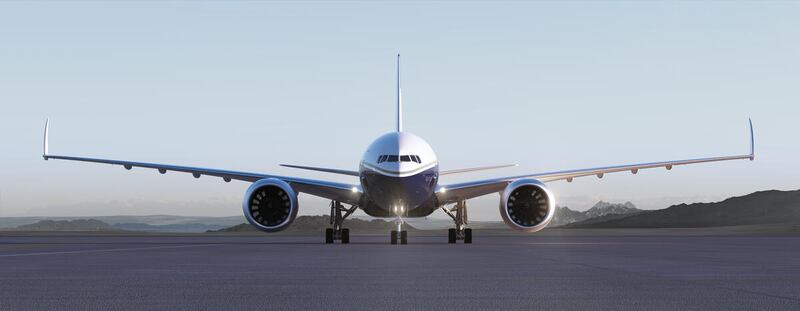Global demand for new business jets is expected to remain strong over the next decade, with a stable forecast for 8,500 deliveries worth $278 billion from 2024 to 2033, according to US aerospace company Honeywell.
The projection for the number of aircraft deliveries is in line with the rolling 10-year forecast in 2022, but the value of the aircraft has increased 10 per cent year on year from $274 billion, Honeywell said in its annual Global Business Aviation Outlook.
New jet deliveries and expenditure on private jet travel over the next decade are projected to grow by 2 per cent a year on average, in line with global long-term economic growth forecasts, according to Honeywell.
“Our industry is on the upswing. Operators are showing confidence with plans to expand their fleets at a faster rate than any time in the previous decade,” said Heath Patrick, president of the Americas aftermarket at Honeywell Aerospace.
Demand for business jet travel has boomed since the Covid-19 pandemic, when the ultra-rich sought more flexible travel schedules. However, climate activists have long taken issue with the high carbon emissions per person associated with private jets.
In 2023, global flight activity is expected to drop 4 per cent year on year due to higher inflation and the resumption of commercial flights on major routes, but this is still at least 10 per cent above 2019 levels, according to Honeywell.
The US company, which manufactures engines and counts among its customers private jet makers Bombardier and Gulfstream, expects flight activity to stabilise in 2024 and return to growth in 2025, driven by the return of initial public offerings, an improvement in corporate profits and easing inflation rates.
New private jet deliveries in 2024 are expected to be 10 per cent higher than in 2023, while expenditures are expected to increase by 13 per cent, Honeywell said.
New users in business aviation will increase demand by 500 aircraft and 6 per cent more flights over the next 10 years, Mr Patrick said.
“This, along with expected double-digit increases in turbofan deliveries in 2023 and 2024, shows our industry’s commitment to meeting growing demand,” he said.
Large, long-range and ultra-long-range aircraft models are expected to account for about 69 per cent of all expenditure on new business jets in the next five years, the Honeywell report showed.
In terms of regions, North America's private jet fleet will account for 64 per cent of the five-year forecast for new jet deliveries, the company said.
This year’s share is on par with last year’s and is probably driven by 90 per cent of North American respondents believing that the economy will at least remain the same, if not improve. This makes North America the most optimistic region in 2023.
The Middle East and Africa private jet fleet will account for 6 per cent of the five-year new jet deliveries. This is two percentage points above last year’s share.
The region accounted for the lion's share of growth in business aviation flights in 2023, according to Honeywell.
“There's also a positive shift towards sustainability as operators are keen to reduce carbon emissions,” said Mr Patrick.
About 60 per cent of private jet operators surveyed in this year's report are currently putting in place at least one method to reduce their carbon footprint, which is 10 percentage points above last year’s survey, Honeywell said.
The most frequently cited current method to reduce carbon footprint is “fewer private jet trips in favour of commercial flying”, followed by “slower cruising speeds”, the survey showed.
About 67 per cent of operators plan to either adopt or increase methods for more environmentally friendly operations in the future, and 40 per cent cite sustainable aviation fuels as the most common way to achieve this goal.
The survey asked the remaining 33 per cent what would compel them to adopt any methods to address sustainability in the future, with 65 per cent of these operators citing economic incentives such as tax benefits or operational cost savings, followed by 44 per cent who cited government regulations.































